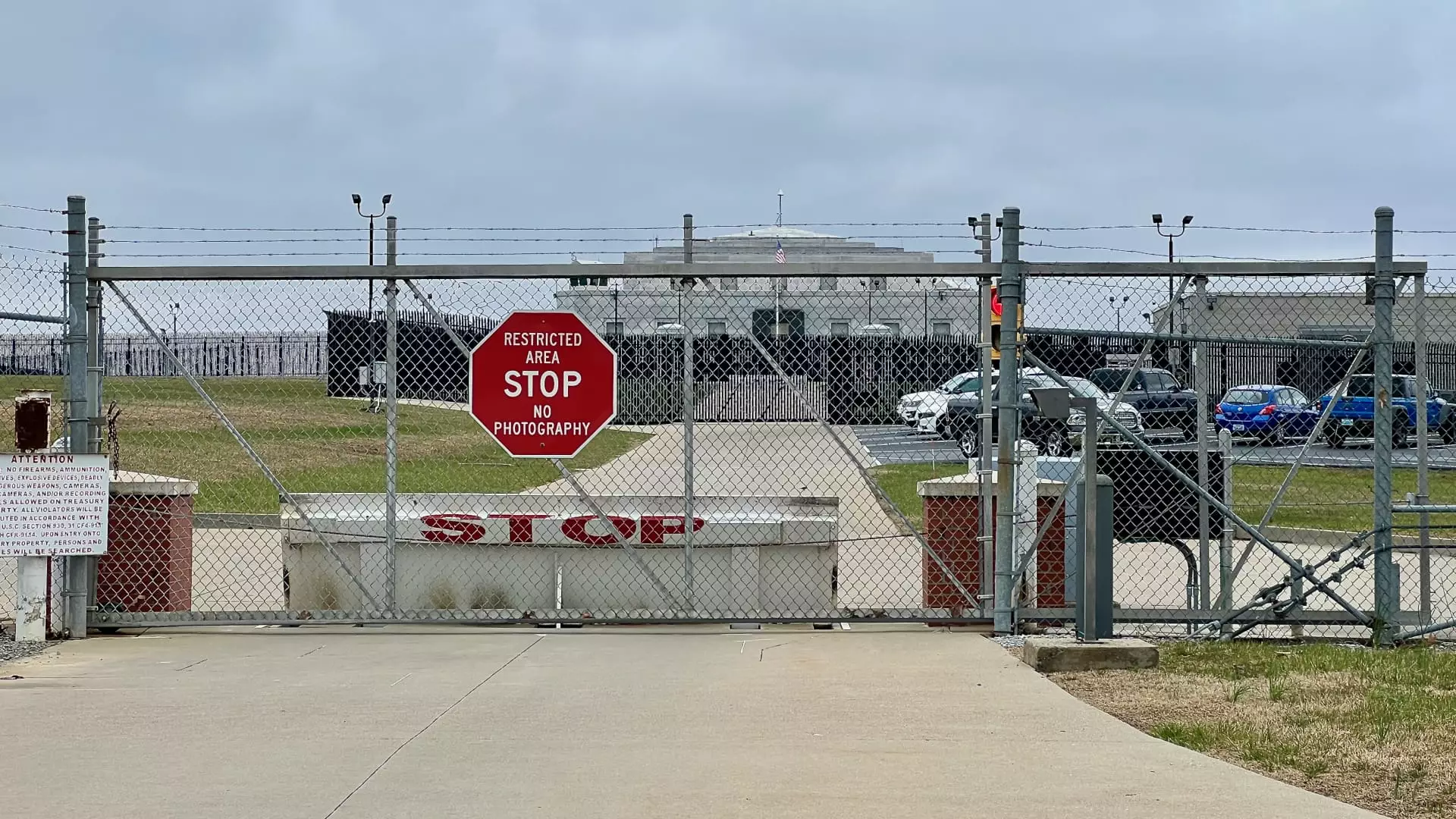In recent discussions surrounding U.S. financial transparency, President Donald Trump has ignited debate by announcing plans to audit the nation’s gold reserves stored at the infamous Fort Knox in Kentucky. This initiative appears partly influenced by rising skepticism and public speculation regarding the actual amount of gold held by the U.S. government, particularly after notable public figures, including Elon Musk, weighed in on the topic via social media platforms.
Over the years, the highly secretive nature of Fort Knox has spawned a range of conspiracy theories claiming that the government might be less than forthright about its gold reserves. Such skepticism isn’t entirely unfounded; the fortress-like security and limited access have led to questions about the validity of the official figures. The U.S. Treasury Department states there are approximately 147.3 million troy ounces of gold at Fort Knox, an amount that has remained static in the public consciousness despite extensive official reporting.
The response from financial experts and industry leaders has largely leaned towards supporting the audit of Fort Knox. For instance, Alamos Gold CEO John McCluskey remarked that an audit could enhance public confidence in the U.S. financial system. His sentiments echo a larger, growing desire among investors for increased fiscal transparency, especially considering the significant price disparity between the legally mandated gold price of $42 per ounce and its current market value of nearly $3,000 per ounce. This discrepancy begs the question of whether the U.S. government’s financial representations accurately reflect the nation’s gold asset value.
While Treasury officials, including Treasury Secretary Scott Bessent, have unequivocally affirmed that the gold reserves at Fort Knox are both present and accounted for, the persistence of public inquiries into the necessity for an audit reflects a broader distrust. Bessent reassured that annual audits are conducted, and prior Treasury Secretary Steven Mnuchin has publicly confirmed the presence of gold during his tenure. Yet, the very fact that these reassurances need to be made illustrates an ongoing disconnect between official statements and public perception.
Should an audit take place, the implications could be far-reaching. On one hand, it could bolster public confidence in the U.S. financial system; on the other hand, it also risks unveiling discrepancies or mismanagement that could fuel further conspiratorial speculation. Moreover, as recent gold prices reach unprecedented highs, scrutiny regarding the asset’s valuation intensifies, pushing discussions about monetary policies and the regulation of precious metals back into the spotlight.
Ultimately, while the Trump administration’s push for a gold audit at Fort Knox is positioned as a reflection of transparency and accountability, it intersects with deeper structural issues within the U.S. financial framework. The outcome may well influence not only public trust in government financial assertions but also the future of gold valuation in an increasingly complex economic landscape. As discussions unfold, the nation watches closely—eager for clarity amid shadows of uncertainty.

